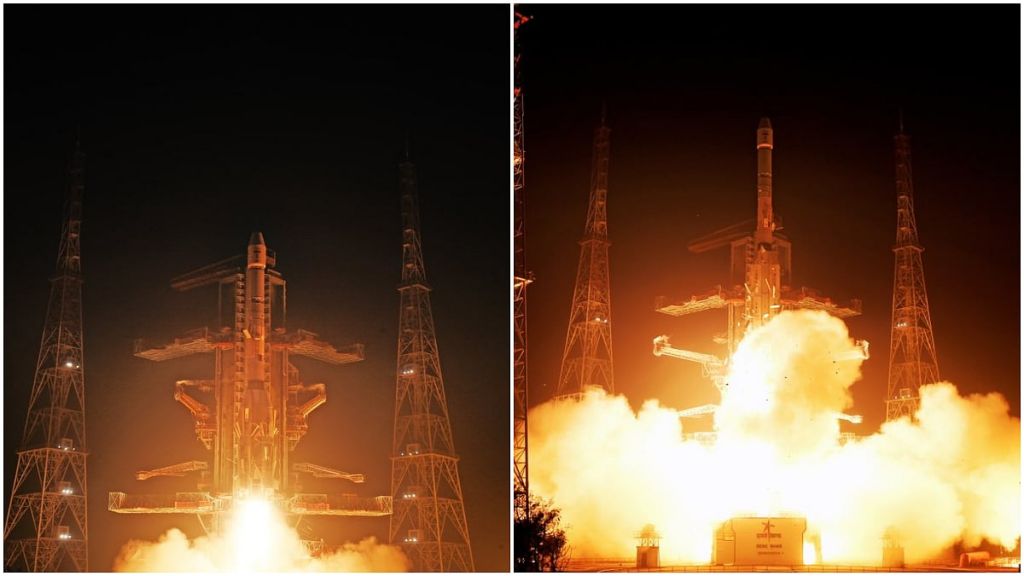
New Delhi: In a setback to the Indian Space Research Organisation (ISRO), its NVS-02 satellite faced a critical issue on Sunday. The NVS-02 satellite, which was crucial for India's own space-based navigation system, was launched on January 29 on board the GSLV-Mk 2 rocket. It was ISRO's 100th launch from the spaceport at Sriharikota.
The satellite encountered the issue after the valves failed to supply the oxidizer to fire the thrusters. "But the orbit raising operations towards positioning the satellite to the designated orbital slot could not be carried out as the valves for admitting the oxidizer to fire the thrusters for orbit raising did not open," the space agency said in an update to the GSLV-F15 mission on its website.
The satellite is orbiting the Earth in an elliptical Geosynchronous Transfer Orbit (GTO) which is not suitable for the navigation system.
After the GSLV rocket placed the satellite in the GTO, the solar panels on board the satellite was successfully deployed and power generation was nominal. Communication with the ground station has been established, the space agency said.
What Will Happen Next:
The space agency is not trying to utilise the satellite in its current elliptical orbit. Notably, all the satellite systems are working fine.
"The satellite systems are healthy and the satellite is currently in elliptical orbit. Alternate mission strategies for utilising the satellite for navigation in an elliptical orbit are being worked out," ISRO said.
GSLV-F15 is the 17th flight of India’s Geosynchronous Satellite Launch Vehicle (GSLV) and the 11th flight with the Indigenous Cryo stage. It is the 8th operational flight of GSLV with an indigenous Cryogenic stage and the 100th Launch from India’s Spaceport Sriharikota.GSLV-F15 payload fairing is a metallic version with a diameter of 3.4 meters.